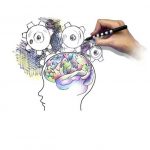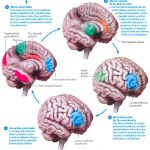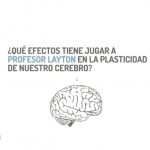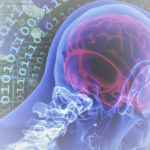The good image of neuroscience and the gap that exists between researchers and teachers has facilitated the rapid proliferation in schools of so-called neuromytes, or misconceptions about the brain.
Several studies in diverse countries have confirmed that neuromytes are popular among teachers
In the field of Educational Sciences (Psychology and Pedagogy) arises neurodidactic as a new discipline whose objective aims to improve teaching and learning processes.
The so-called neurosciences allow us at present to get closer to knowing more of the brain as a moldable organ, which can be reorganized in a structural and functional way adapting itself ...
The brain is a plastic organ. It changes spontaneously and adapts to its environment generating new connections between the billions of neurons that make it up. Roberto Colom, Professor of Psychology at the Autonoma University of Madrid, and María Ángeles Quiroga, Professor of Psychology at the Complutense University of Madrid, have carried out a pioneering ...
The most important advances between AI and neuroscience are the development of artificial neural networks and deep learning. These models are inspired by the biological structure and functioning of the human brain. They are capable of processing large amounts of data, learning patterns, and making predictions. Artificial neural networks are not yet capable of simulating ...



